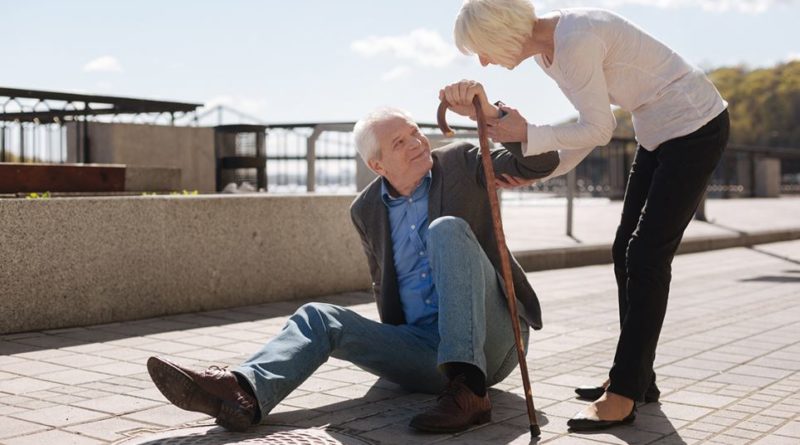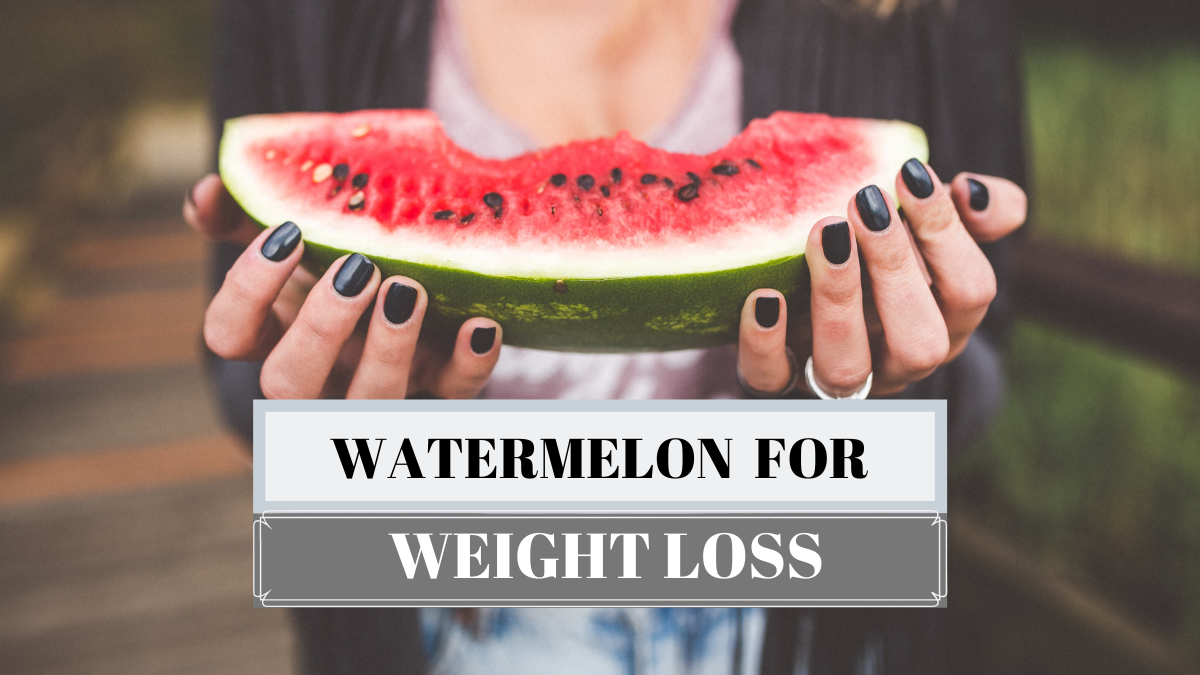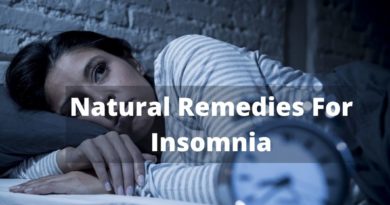How to prevent falls in older people
Age is one of the main risk factors for suffering a fall, and its incidence increases progressively over the years. What can we do to prevent it? In this space, we detail it.
Falls in older people should be considered a warning sign. So it is necessary to analyze not only the causes but also the consequences and circumstances in which it has occurred.
The World Health Organization (WHO) defines the term “fall” as the involuntary event that makes you lose your balance and hit the body on the ground or other firm surface that stops you.
Age is one of the main risk factors for suffering a fall, and its incidence increases progressively over the years. Also, the risk of falls causing serious injury, or even death, increases with age.
Table of Contents
Do you know what the risk factors for falling are?
Fall risk factors can be intrinsic or extrinsic. Let’s see in detail, which are the most frequent.
Intrinsic
They are those who depend on the person, either by the aging process itself or by the circumstances that occur at that time. Intrinsic factors are the most influential and include the following:
- Age.
- We are having suffered a previous fall.
- Eye disorders, such as cataracts or decreased visual acuity.
- Muscular atrophy and musculoskeletal disorders.
- Vestibular problems that affect balance.
- Cognitive impairment.
Extrinsic
Age is a risk factor for falls. However, many environmental factors can also play a role.
This includes the factors that depend on the environment that surrounds the elderly. At home level, there may be poor lighting, clutter, uneven or slippery floors, rugs or cables. Also, the use of inadequate footwear can increase the risk of falls.
Another important place is the bathroom; the existence of bathtubs or shower trays without the proper handles can increase the risk of falls. On the street, the factors that increase the risk of falls for older people are:
- The uneven or slippery pavement.
- Traffic lights of short duration.
- The absence of ramps.
On the other hand, abrupt movements and short rise or fall times also influence the means of transport. There are certain medicines that, by their action, increase the risk of falling, especially those that exert their action at the level of the central nervous system.
Consequences of falls in older people
The consequences of falls can be classified into three groups:
1. Physics
They are those directly associated with the fall, such as fractures, sprains or wounds. Those that occur when the older person is alone, usually make it impossible for them to get up, and this can cause signs of hypothermia or dehydration, among others.
2. Psychological
The emotional impact a fall can cause includes fear of a recurrence. This causes, in many cases, the affected person to decrease their usual activities.
3. Socioeconomic
Falls lead to an increase in the resources necessary to care for the affected person. On the other hand, at the health level, the number of consultations, hospital admissions, surgeries or rehabilitation increases.
How can falls be prevented in older people?
To prevent falls, it is useful to make the necessary changes in the home, such as installing adequate lighting, keeping the bathroom floor dry, putting non-slip mats or adjusting the height of the bed.
If there are stairs in the house, make sure all the steps are regular and non-slip, and that there is a fixed railing on both sides of the stairs.
Primary prevention
Making some adjustments within the home can help reduce the risk of falling in older adults.
It includes a series of measures aimed at reducing the risk of falls in older people. The objective is for the older person to be autonomous so that they can be at home for as long as possible.
The practice of mild or moderate-intensity exercise is recommended. In this way, strength increases, depression decreases, joint pain improves and the risk of diabetes and cardiovascular disease decreases. Also, it is advisable to check both the glasses and the hearing aids periodically.
Secondary prevention
It consists of knowing the factors that have caused the fall and acting on them to prevent its recurrence.
Tertiary prevention
All measures aimed at the rehabilitation necessary to restore the optimal state of the elderly are included. Also, the affected person must be taught to get up after the fall.
To do this, it is recommended to rotate the body to support the knees, to get into a crawling position and get up using a nearby object.
conclusion
It is estimated that 30% of those over 65, and 50% of those over 80, suffer at least one fall per year. Prevention should include different health professionals and people in their immediate environment.




